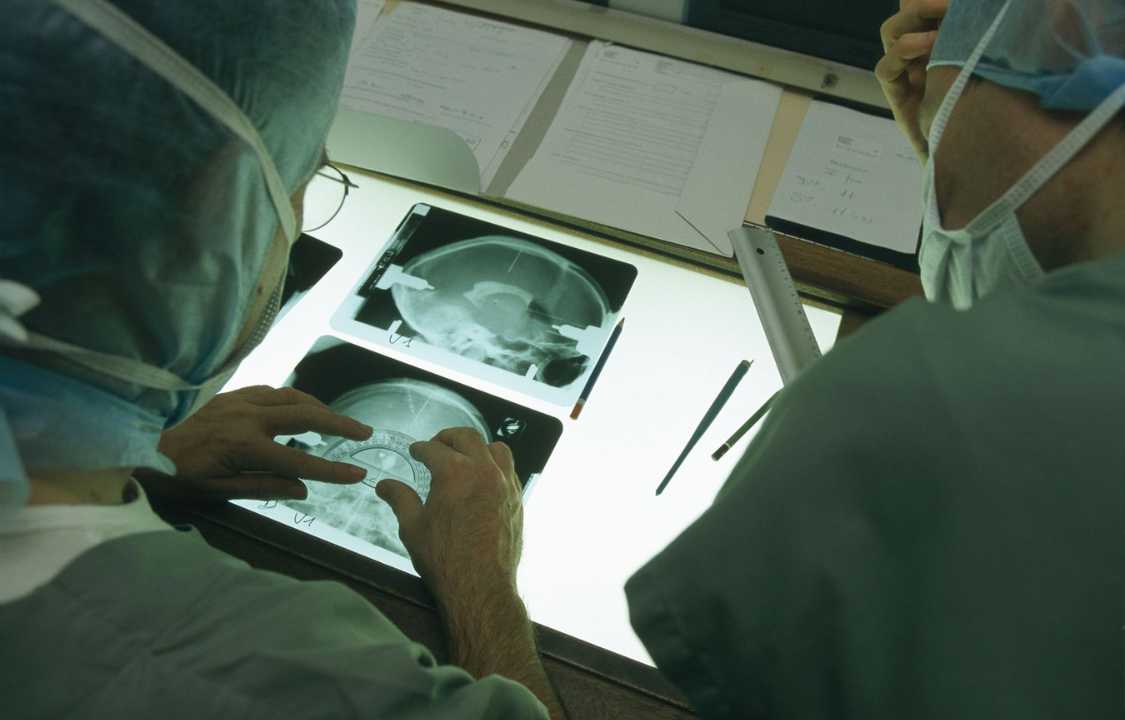The treatment can be “life-changing” for some—but it’s not without risks.
Obsessive-compulsive disorder (OCD) can be a relentless and debilitating condition for those who suffer from it, particularly in severe cases where conventional treatments have yielded limited results. However, there is newfound hope in the form of deep brain stimulation (DBS), an innovative therapeutic approach. A recent review published in the Journal of Neurology, Neurosurgery, and Psychiatry highlights the potential of DBS to significantly alleviate severe OCD symptoms, with two-thirds of patients experiencing “substantial improvement” within two years.
Understanding Deep Brain Stimulation (DBS)
Deep brain stimulation is not a new concept; it has been available for several years. However, its acceptance as a viable treatment option for various conditions, including severe OCD, has been gradual. DBS gained initial approval in 1996 for the treatment of movement disorders, such as essential tremor and severe Parkinson’s disease. Over time, it has also been permitted for the treatment of dystonia and OCD under a humanitarian device exemption. Moreover, it has been the subject of investigation for an array of other conditions, including major depressive disorder, Alzheimer’s disease, and binge-eating disorder.
The DBS procedure typically involves two separate surgeries. The first surgery implants electrodes into specific brain regions associated with decision-making and emotional regulation. The second surgery involves placing a neurostimulator, connected to the electrodes, beneath the skin, typically near the collarbone. Once connected, the neurostimulator sends electrical pulses to the electrodes within the brain, modulating abnormal brain activity. In the context of OCD, these electrical pulses can help correct chemical imbalances in the brain responsible for the disorder’s symptoms.
Comprehensive Research and Promising Results
The recent research conducted by Dr. Sameer Sheth and his team involved a thorough assessment of the current evidence regarding DBS’s effectiveness in alleviating OCD symptoms. They conducted a systematic review and meta-analysis of previously published research, re-evaluating the data to gauge the procedure’s true efficacy.
The researchers reviewed 31 studies conducted between 2005 and 2021, encompassing 345 adults with an average age of 40, all of whom had grappled with severe to extreme OCD for nearly a quarter of a century. Many of these patients also contended with concurrent conditions, including depression, anxiety, or personality disorders, often accompanying an OCD diagnosis. The follow-up period lasted approximately two years.
The outcomes were promising, with 66% of patients responding positively to DBS, resulting in a roughly 50% reduction in their OCD symptoms. Dr. Sheth noted that noticeable improvements typically emerge within a few months, and in many cases, DBS also ameliorates coexisting depression. However, it’s important to acknowledge that about 1 in 5 patients experienced serious side effects, such as stroke or the emergence of new OCD symptoms.
A Treatment of Last Resort
While the findings of Dr. Sheth’s research provide a glimmer of hope for those with severe OCD, DBS is generally regarded as a treatment of last resort. Patients typically undergo a series of conventional treatments, including psychotherapy and various medications, before considering DBS. Other alternatives, such as exposure and response prevention (ERP) and transcranial magnetic stimulation (TMS) therapies, may also be attempted before turning to DBS.
Dr. Darin Dougherty, an expert in DBS and OCD, emphasizes that DBS is reserved for patients who have exhausted all conventional treatments without experiencing any benefits. For these individuals, a 66% response rate can be truly life-changing. Severe OCD can be profoundly debilitating, rendering patients incapable of functioning in their daily lives.
A Commitment and Costs to Consider
DBS, while offering remarkable therapeutic potential for individuals with conditions like OCD, is not a swift or straightforward remedy; it demands continuous care and vigilant monitoring. Following the surgical implantation of the device, patients are advised to exercise caution and refrain from overexertion during the crucial healing phase. Typically, the neurostimulator is activated around four weeks post-implantation, but it may take several months before tangible results are discernible, emphasizing the patience required in this treatment journey.
In this lifelong treatment paradigm, regular follow-up visits to the clinic take center stage. These appointments are essential not only for tracking progress but also for fine-tuning the neurostimulator’s programming to cater to each patient’s evolving needs. The enduring nature of DBS underscores the unwavering commitment necessary from both patients and their dedicated healthcare providers.
The financial aspects of DBS can exhibit significant disparities, contingent upon the hospital and geographical location. Beyond the approximately $30,000 cost of the device itself, additional expenses encompass hospitalization, subsequent follow-up visits, and the array of related services involved in the comprehensive care continuum. It’s important to note that insurance coverage for DBS is often evaluated on a case-by-case basis by private insurers, Medicare, and Medicaid, with dedicated health professionals often exerting substantial effort to advocate for their patients and secure the necessary insurance coverage to make this transformative treatment accessible and affordable.
The Road Ahead for DBS in OCD Treatment
While DBS (Deep Brain Stimulation) undeniably offers newfound hope and promise for individuals severely affected by OCD (Obsessive-Compulsive Disorder), it’s essential to acknowledge that there is still much work to be done in this field. Reducing the pervasive stigma surrounding mental health issues remains a critical and unrelenting objective. Moreover, concerted efforts should be directed toward expanding access to DBS and enhancing comprehensive insurance coverage to ensure that this groundbreaking and transformative treatment is accessible to those who need it most.
In conclusion, DBS represents a monumental and groundbreaking advancement in the treatment of severe OCD, serving as a lifeline to individuals who have endured the relentless and incapacitating effects of this condition for far too long. With ongoing and rigorous research, an unwavering commitment to improving accessibility, and continued fervent advocacy for mental health awareness and support, DBS holds the profound potential to change countless lives, offering hope where there was once only despair.

